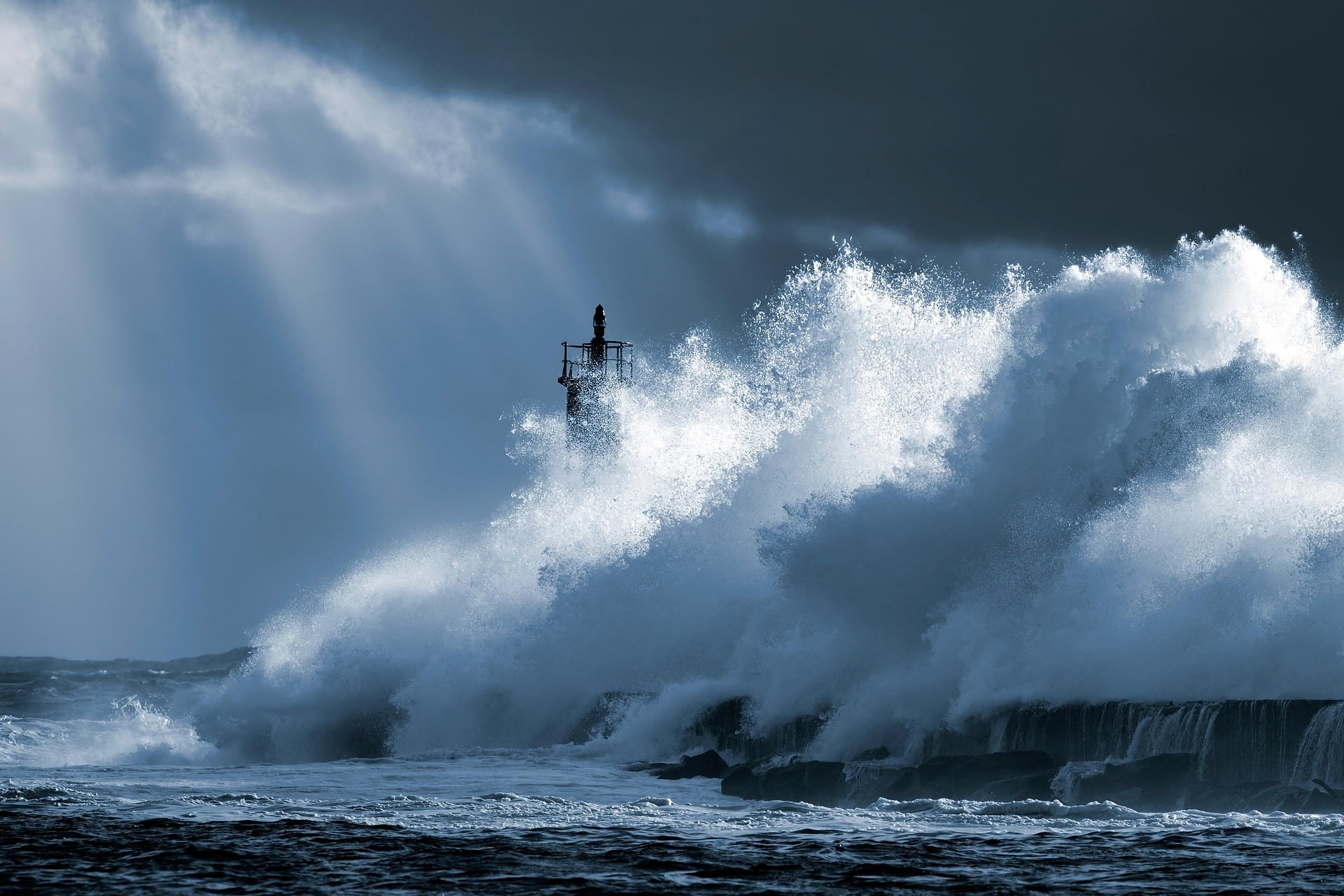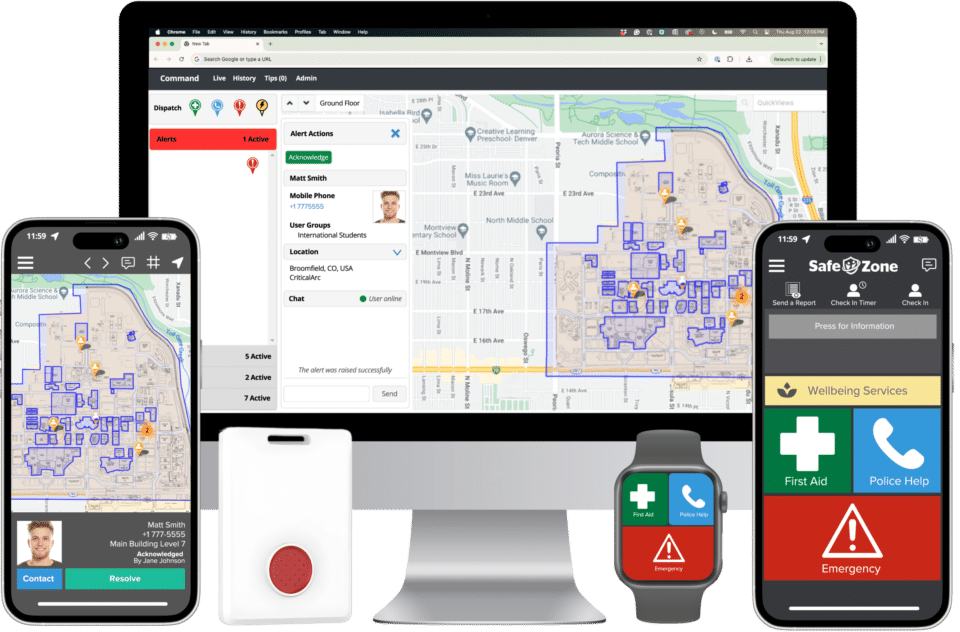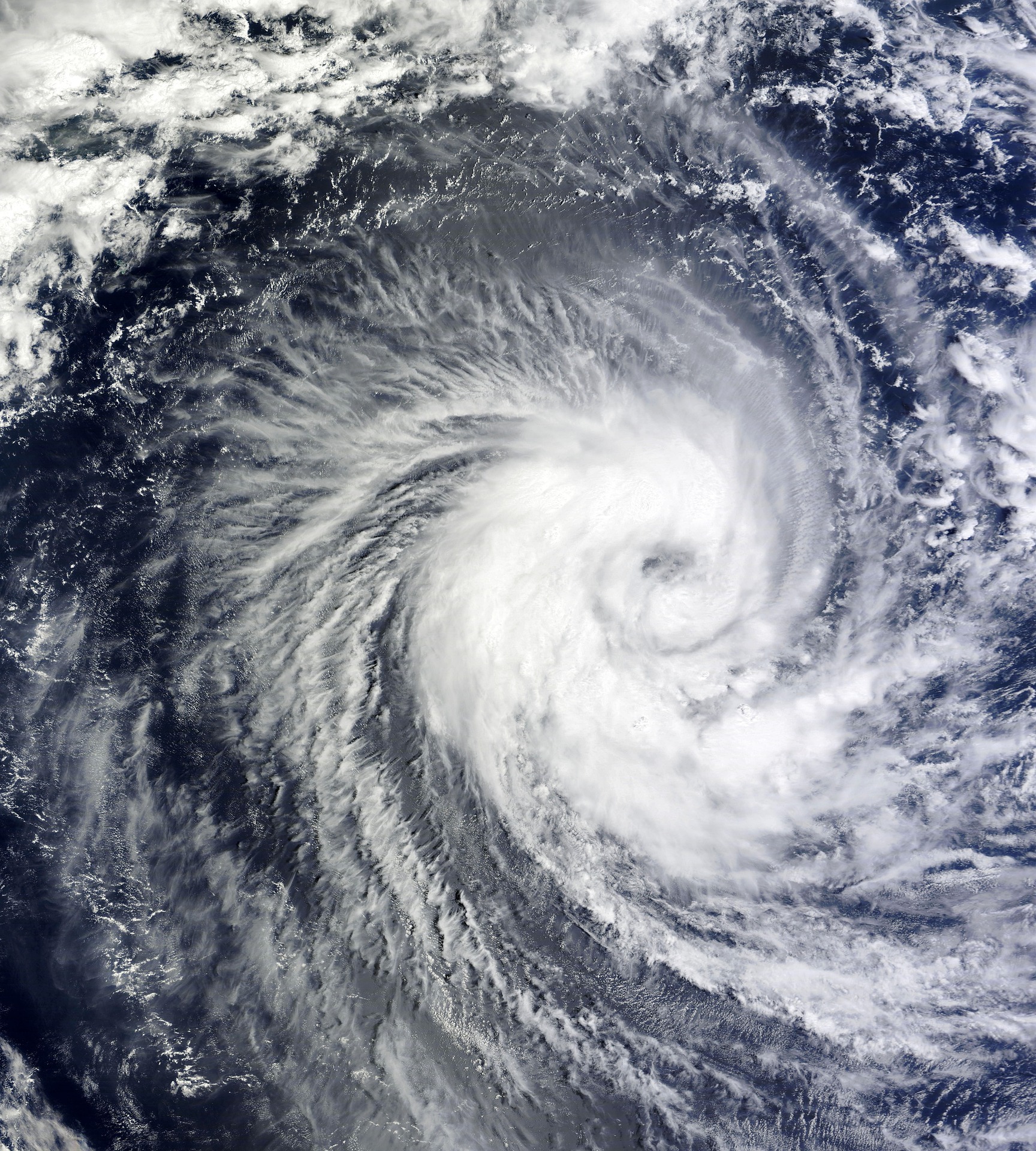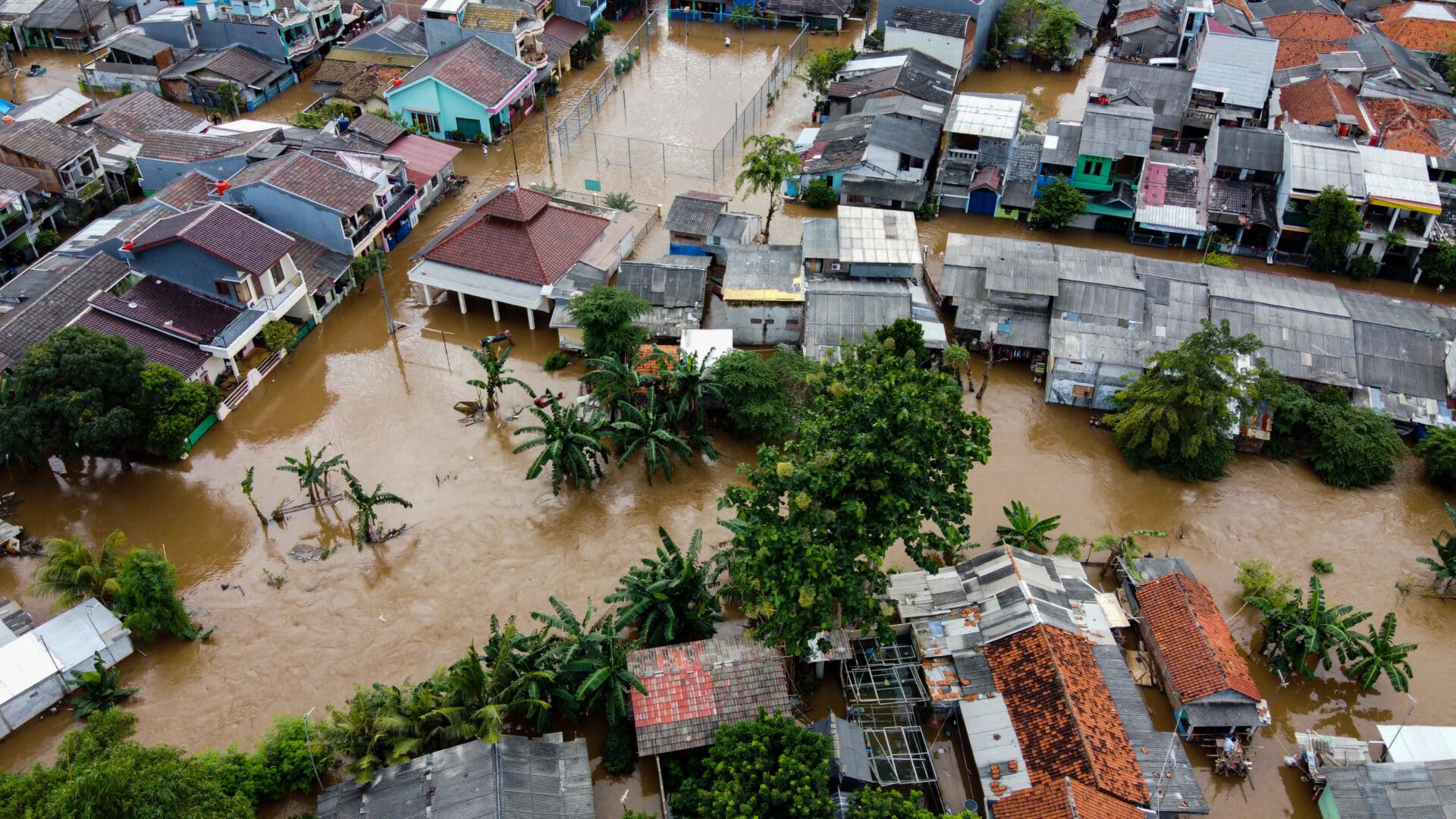We’re officially at the start of hurricane season, and the risks are real. Running from June 1 to November 30, this period is when storms are most likely to hit, bringing increased intensity and unpredictability. Although the season’s just beginning. now’s the time to think about how prepared you really are.
Hurricanes aren’t just growing in frequency; they’re also becoming more extreme. Scientists have linked rising global temperatures to stronger winds, heavier rainfall, and higher storm surges. For instance, NOAA’s research predicts a 1–10% increase in hurricane wind speeds and a 10–15% uptick in storm rainfall if global temperatures rise by 2 degrees Celsius. And as last year’s record-breaking weather disasters showed, even regions outside traditional high-risk zones can feel the impact of extreme storms.
This increasing unpredictability makes preparation non-negotiable. But with the right tools and a solid plan, you can stay ahead of whatever the season throws your way. From advanced incident management to real-time location sharing, solutions like SafeZone can help protect your people and minimize disruption.
Here’s how you can meet the challenges of hurricane and tornado preparedness head-on while keeping those who rely on you safe.
The Growing Threat of Extreme Weather
It’s no secret that hurricanes and tornadoes are intensifying. Climate change has made storms wetter, windier, and more destructive. Recent years have seen billion-dollar disasters like hurricane Ian, which caused over $112 billion in damages. Similarly, storms in South-East Queensland and New South Wales in Australia broke records for flood-related costs.
What’s alarming is the ripple effect of these disasters. Hurricanes aren’t just about strong winds; they disrupt supply chains, cause power outages, block roads, and much more. Add in the uncertainty of these storms striking outside traditional risk zones, and it’s clear why preparation is critical.
Storm season also arrives on the back of heat records around the world, with disrupted jet streams creating unpredictable weather patterns. This “new normal” of climate instability means the old ways of preparing no longer cut it.
Why Preparation Matters
Organizations that aren’t prepared for extreme weather face more than just property damage. They face risks to their people’s safety, operational breakdowns, and challenges in coordinating responses. For those responsible for large populations like security teams, healthcare providers, or universities, these stakes are even higher.
The first step in preparation is answering tough but essential questions.
- Can you reach your teams quickly during a crisis?
- Do you have systems in place to monitor locations and guide responders effectively?
- Have you tested evacuation or shelter-in-place procedures recently?
Without proper preparation, small gaps in your emergency response system can spiral into serious problems under pressure.
Tools That Bring Confidence
When storms hit, every second counts. SafeZone is one of the tools changing how organizations respond to hurricanes and tornadoes. By blending real-time technology with streamlined workflows, it simplifies what can otherwise be chaotic.

1. Real-Time Location Sharing
With SafeZone, every team member can check in and share their location with just a tap. This allows control rooms to create a live map of where everyone is, prioritize assistance for those in danger, and ensure no one is left behind in an emergency.
Location sharing also improves communication. Targeted alerts can go out to specific areas to warn those in the storm’s path or keep unaffected zones updated on unfolding events.
2. Tailored Emergency Alerts
The moments leading up to and during a storm are critical. Sending clear, actionable alerts can save lives. With SafeZone’s system, messages can be customized to fit the situation, whether that means instructing people to evacuate certain zones or shelter in place.
The platform’s user-friendly design ensures that those receiving alerts know exactly what to do, even in high-stress scenarios.
3. Flexible Planning for All Scenarios
No two storms are the same, but preparation doesn’t need to be guesswork. SafeZone allows teams to pre-load evacuation or shelter workflows for multiple scenarios. It also helps define geofenced zones so responders can focus on the areas most likely to be affected.
This adaptability ensures you’re not scrambling for a response when conditions shift.
Building Resilience Beyond the Storm
A well-prepared response doesn’t just help during the storm. The recovery phase is equally vital for minimizing long-term disruptions.
Reflect and Improve
Post-storm evaluations are key to future success. SafeZone’s playback tools allow teams to analyze everything from communication breakdowns to response times. These insights help refine strategies and ensure your organization improves with every incident.
Empower Your Teams
Prepared employees are your most valuable asset during a crisis. Training your team to confidently use tools like SafeZone ensures smoother evacuations, faster reporting, and more efficient responses. Empower them with the tools and knowledge they need to protect themselves and others.
Actionable Steps to Prepare
Don’t wait until the next storm is at your doorstep. Here are practical ways to get ready:
- Run Emergency Drills: Test evacuation and shelter plans under real-world conditions.
- Train Teams: Familiarize staff with SafeZone and other emergency tools.
- Simulate System Failures: Ensure your communication systems work even when primary channels fail.
- Customize Workflows: Align incident response protocols with the unique risks your organization faces.
Preparation now leads to faster, more effective actions that can save lives and minimize chaos when the storm comes.
Take Control of Hurricane Season
You can’t stop hurricanes and tornadoes from coming, but you can control how you respond. With tools like SafeZone, it’s easier than ever to keep your people safe, streamline emergency responses, and reduce risks.
Preparedness isn’t just about having a plan; it’s about having the confidence in your team and tools to execute that plan flawlessly. Be the organization that’s ready for anything this hurricane season.
